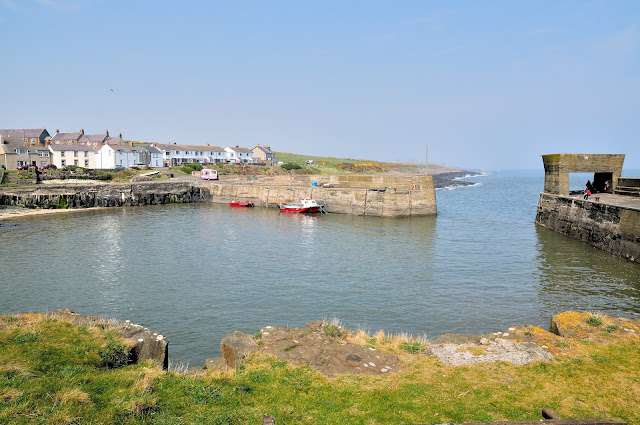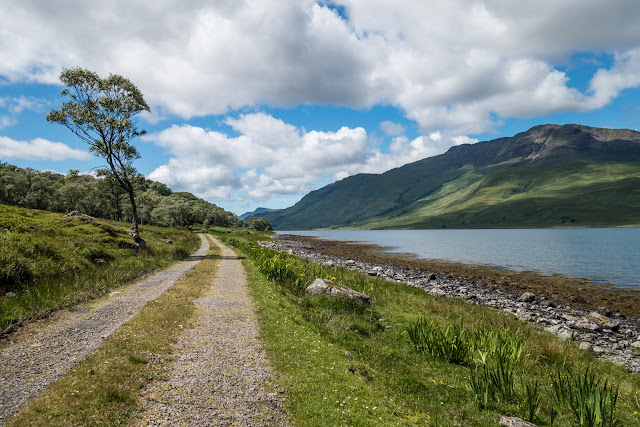Bird life on the Farne Islands
A visit to the Farne Islands is always an adventure, and no less for us! We were really looking forward to see the wildlife that so many people enthuse about. Seahouses was the name of the port that we sailed from and the picture below shows the peaceful harbour (thank goodness!) that we sailed from.
After a brief journey, a welcome talk on the landing, we were set to see what we could see!
Below are some images of the species I manage to photograph.
Starting, of course with the beloved Puffin.
A small auk, the Puffin is familiar as the 'clown' of the coast with its brightly coloured bill, bumpy landings and waddling walk. Puffins live in burrows in the short grass at the top of cliffs. They feed on fish, such as sandeels, which they catch by diving beneath the surface and using their wings to swim. For most of the year, Puffins are out at sea, returning to land to breed. During the breeding season, displays of bill-knocking and ritualised walking will result in mating pairs producing one egg, which is laid at the end of the burrow. The chick remains in the burrow until it is independent and ready to go to sea.
Then moving on to the Guillemot
Is there room for me?
The Guillemot is a medium-sized auk that breeds in tightly packed colonies on perilous ledges, clifftops and rocky outcrops around the coast. These 'seabird cities' often contain other auks, including the similar-looking Razorbill, which prefers to nest singly in ravines or lower down the cliff. In May and June, female Guillemots will lay a single egg; once the chick is three weeks old, it will dramatically plunge into the sea with its father, who will care for it in the water until it is independent. Guillemots eat fish, crustaceans and molluscs, diving from the surface of the water and swimming after their prey.
The Razorbill has a characteristically thick, black bill, with a white stripe across it. It nests with other seabirds, such as Guillemots, but prefers the lower ledges and rocky bottoms of cliffs and deep ravines.
Close up of a Razorbill
Shags are goose-sized dark long-necked birds similar to cormorants but smaller and generally slimmer with a characteristic steep forehead. In the breeding season adults develop a dark glossy green plumage and prominent recurved crest on the front of their head.
In the UK they breed on coastal sites, mainly in the north and west, and more than half of their population is found at fewer than 10 sites, making them an Red List species. Shags usually stay within 100-200 km of their breeding grounds.
Guarding the nest
Kittiwakes are gentle looking, medium-sized gulls with a small yellow bill and a dark eye. They have a grey back with white underneath. Their legs are short and black. In flight the black wing-tips show no white, unlike other gulls, and look as if they have been 'dipped in ink'. The population is declining in some areas, perhaps due to a shortage of sandeels. After breeding birds move out into the Atlantic where they spend the winter.
The most imposing building on the Farne Islands has gone through a varied existence. The tower - known as 'Prior Castell's Tower' after the Durham churchman who commissioned the construction - began its life as any other border Pele Tower did, being used to deter and defend. However as time passed its uses changed, right up until the present where it is called home by the National Trust rangers who manage and care for these islands.
Thomas Castell was Prior of Durham Cathedral from 1494 to 1519 and it was towards the beginning of his tenure that the tower on Inner Farne was first built. The tower initially served as upgraded accomodation for the monks as well as some protection from border raids.
Following the dissolution of the monasteries in 1536 the building accomodated a small garrison which in 1565 was four men. The Captain of Holy Island and the Farnes was Sir William Reed, and in February of 1565 he complained to Queen Elizabeth about the state of the tower, as it was ruinous. By May 1566 repairs had been done, probably due to the strategic importance of the tower on Inner Farne. Reed commented in 1565 that the tower, 'if taken... would be an evil neighbour for Berwick and the Holy island'.
By 1637 the tower appeared to be in ruins and of no further military use. The location of the ruin however made it the ideal foundation for a beacon light. This may have been the case in the 1670s when permission was granted for a beacon light to be established. A century later Captain John Blackett was given permission to establish a lighthouse on the top of the tower. In 1809 the light on the tower was supplanted by the white round tower lighthouse seen today on Inner Farne.
At the dissolution of the monasteries the islands had passed into the ownership of the Dean and Chapter of Durham and they were able to lease them to suitable tenants. Archdeacon Charles Thorp was the tenant in the 1840s and he undertook a major restoration of the tower in order so he could stay there. The tower continued to be used intermittently into the twentieth century until the National Trust acquisition of the Farne Islands in 1925.
Today the tower is home to National Trust rangers who live there for nine months of the year.


















Comments